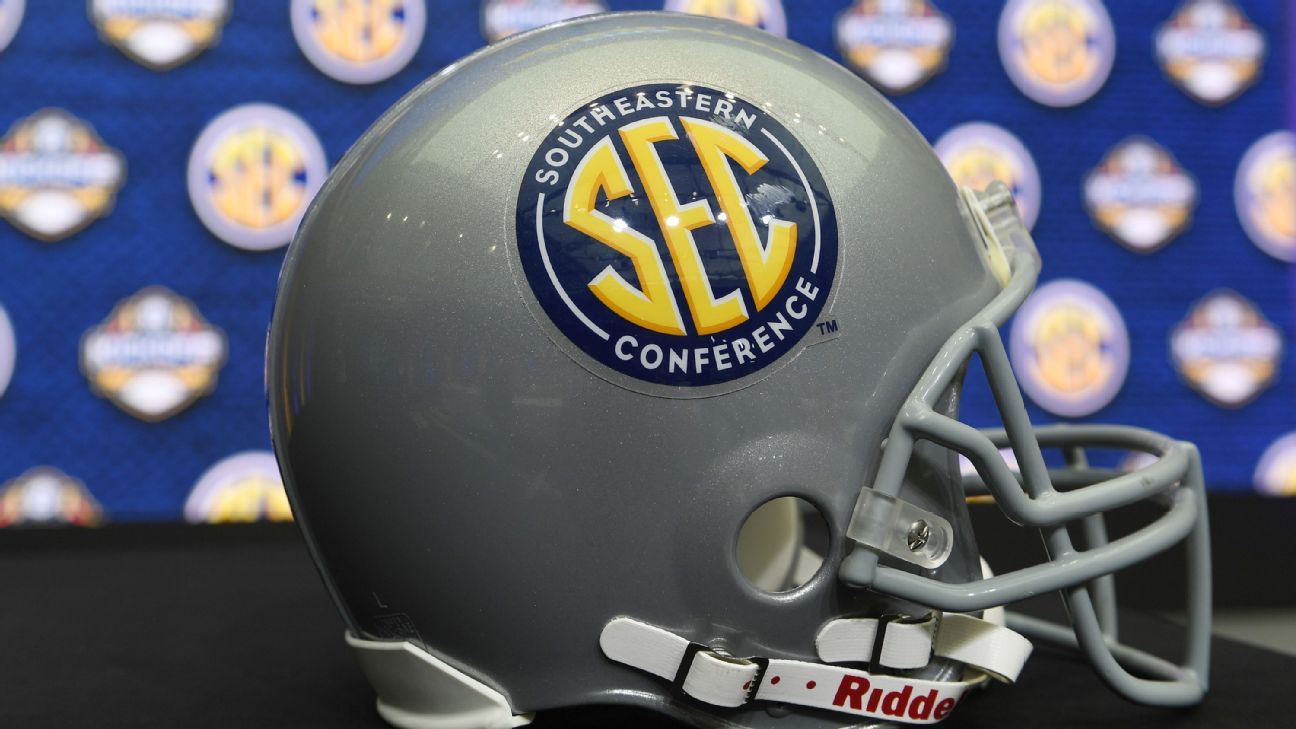
The SEC will play a nine-game conference schedule starting in 2026, the league said Thursday, a historic move it's been considering for years.
The decision was approved by the SEC's presidents and chancellors after a recommendation by the athletic directors in the conference.
"Adding a ninth SEC game underscores our universities' commitment to delivering the most competitive football schedule in the nation," SEC commissioner Greg Sankey said in a news release. "This format protects rivalries, increases competitive balance, and paired with our requirement to play an additional Power opponent, ensures SEC teams are well prepared to compete and succeed in the College Football Playoff."
Under the new format, the SEC will continue to play without divisions. Each school will play three annual opponents focused on maintaining traditional rivalries, and the remaining six games will rotate among the rest of the league opponents.
Each team will face every other SEC program at least once every two years and every opponent home and away in four years.
SEC teams are required to schedule at least one additional high-quality nonconference opponent from the Atlantic Coast, Big Ten or Big 12 conferences or Notre Dame each season.
The SEC will continue to evaluate its policies to ensure the continued scheduling of high-quality nonconference opponents.
"The SEC has established itself as the leader in delivering the most compelling football schedule in college athletics," Sankey said. "Fans will see traditional rivalries preserved, new matchups more frequently, and a level of competition unmatched across the nation."
Last month, Sankey told ESPN the conference has been discussing a nine-game league schedule since the Clinton administration.
The SEC has played eight conference games each season since 1992, when the conference first expanded from 10 to 12 teams with the addition of Arkansas and South Carolina. The SEC played seven conference games per year from 1988 to 1991 and six games from 1974 to 1987.
Prior to 1974, there was no uniform requirement for the number of conference games to be played by each school, with most schools playing six or seven league contests per year.

